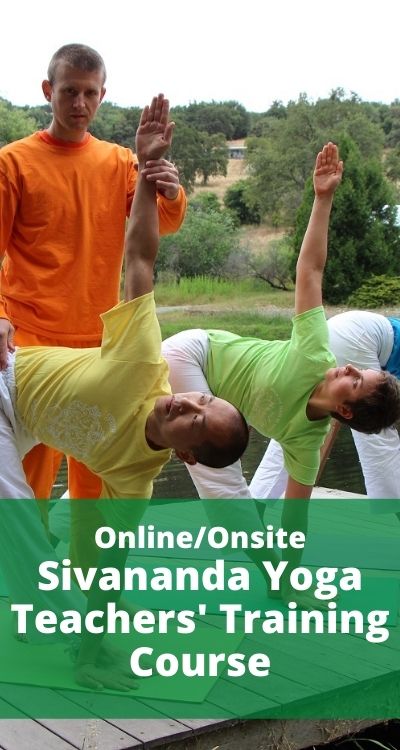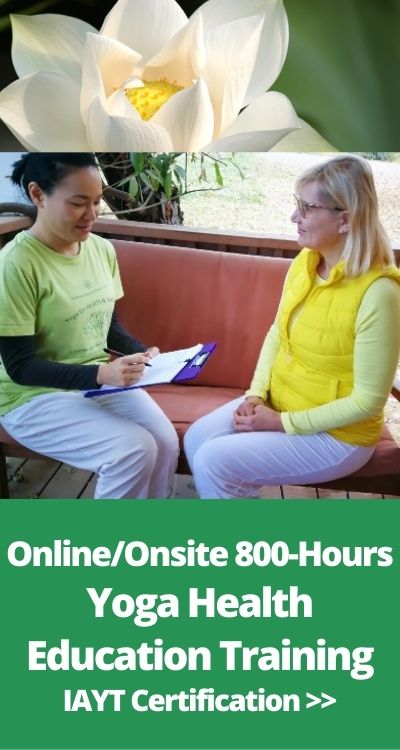
Breath is life. We can live for days without food or water but deprive us of breath and we die in minutes. In view of this, it is astonishing how little attention is paid to the importance of proper breathing.
According to Yoga, there are two main functions of proper breathing: to bring more oxygen to the blood and thus to the brain; and to control prāna or vital energy, leading to control of the mind.
Prānāyāma – the science of breath control – consists in a series of exercises especially intended to meet these needs and to keep the body in vibrant health.
Re-learning Abdominal Breathing
Most people have forgotten how to breathe properly. They practice only chest and clavicular breathing, breathe through the mouth and make little or no use of the diaphragm – either lifting the shoulders or contracting the abdomen when they inhale. In this way, only a small amount of oxygen is taken in and only the top portion of the lungs are used, resulting in a lack of vitality and lowered resistance to disease.
The practice of Yoga demands that you reverse these habits. Breathing correctly means breathing through the nose, keeping the mouth closed, and involves a full inhalation and exhalation, which brings the full capacity of your lungs into play. As you exhale the abdomen contracts and the diaphragm moves up, massaging the heart; when you inhale, the abdomen expands and the diaphragm moves down, massaging the abdominal organs.
What is strange is the fact that abdominal breathing is the most natural type of breathing: children generally breathe with their abdomen, and both children and adults breathe abdominally during sleep. So what causes the body to lose this natural ability for abdominal breathing during waking adult life?
The main reason is simply stress. When you become stressed, the solar plexus (located in your abdomen), which is a major control center for the nervous system, becomes tense, as do the abdominal muscles, which then hinder the natural movement of the diaphragm. Fixed mental images may be another reason for compromised breathing, such as the concept of ‘manhood’ causing you to project a body image in which the chest is expanded and the abdomen is tight.
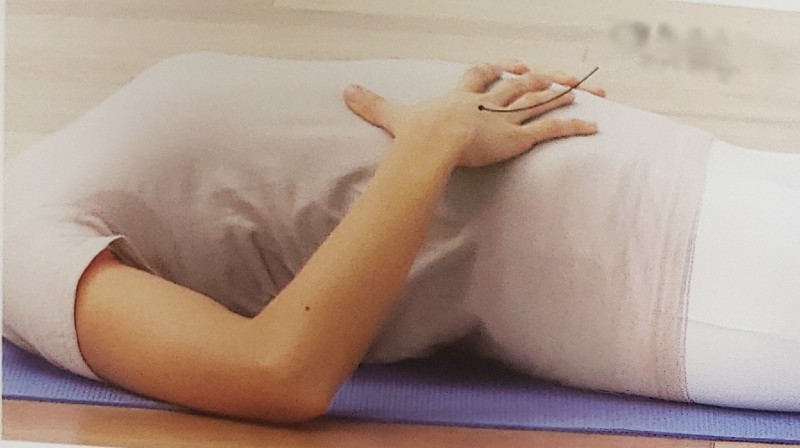
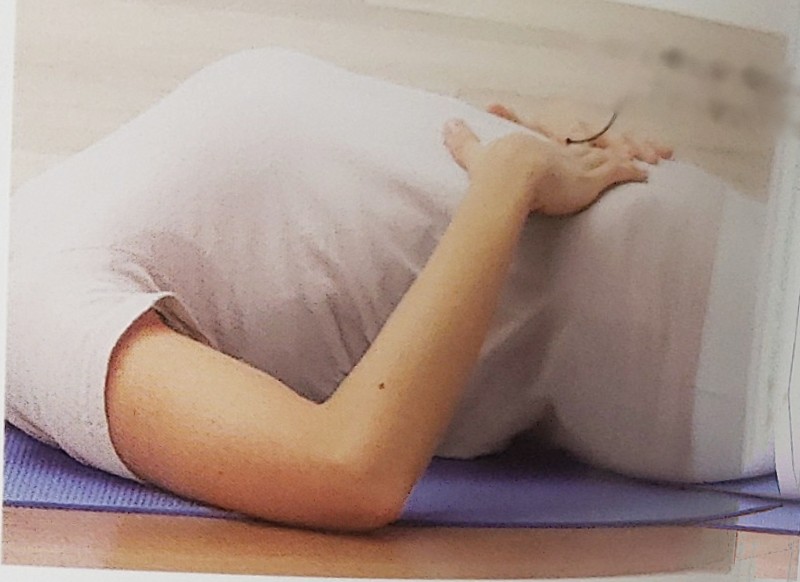
Change your Breathe, Change your Life
Proper Breathing, one of the 5 Points of Yoga, is an important tool in the Yoga Health Educator’s practice. The Yoga Health Educator often begins by assessing the mechanics of a person’s breathing to see if they are breathing correctly. Are they breathing through the mouth or the nose? Chest breathing? Reverse breathing? Is it a rhythmical breath? How is their lung capacity? Is the breath strained? Is the person aware of their breath? Are they aware of their state of mind?
There is a direct relationship between the quality of the breath and the quality of one’s thoughts. A slow, steady and rhythmical breath pattern indicates a calm mind. In this case, the person is relaxed and has greater capacity to make positive choices. A shallow and short breath pattern indicates stress and anxiety, often with the person breathing into the upper chest (not breathing into the abdomen) and with tightness in the upper back and shoulder region. Under stress, we are less likely to make positive choices, we are prone to reactions, and will remain stuck in old habits.
The Yoga Health Educator helps to bring awareness to the breath with simple breathing exercises beginning with conscious abdominal breathing.
1. Abdominal Breathing Exercise
Lie down in savasana. Place your right hand on your abdomen or use a pillow on the abdomen. Inhale, feel the abdomen rise; exhale, feel the abdomen descend. Count to 3 with each inhale and exhale to create a steady rhythmical breath pattern. Practice 3-5 minutes.
2. Full Yogic Breath
If you are comfortable with the abdominal breath, you can try the full yogic breath. A full yogic breath combines abdominal (deep), chest (middle) and clavicular (shallow) breathing with a deep breath and continuing the inhalation through the intercostal (ribs) and clavicular areas. Inhale the abdomen expands, then ribs, then finally the upper chest. Exhale abdomen first, then ribs, then chest. Full yogic breath utilizes the full capacity of the lungs. Practice 3-5 minutes.
After some time, you are ready to add the pranayama practices of kapalabhati and anuloma villoma to your daily routine.
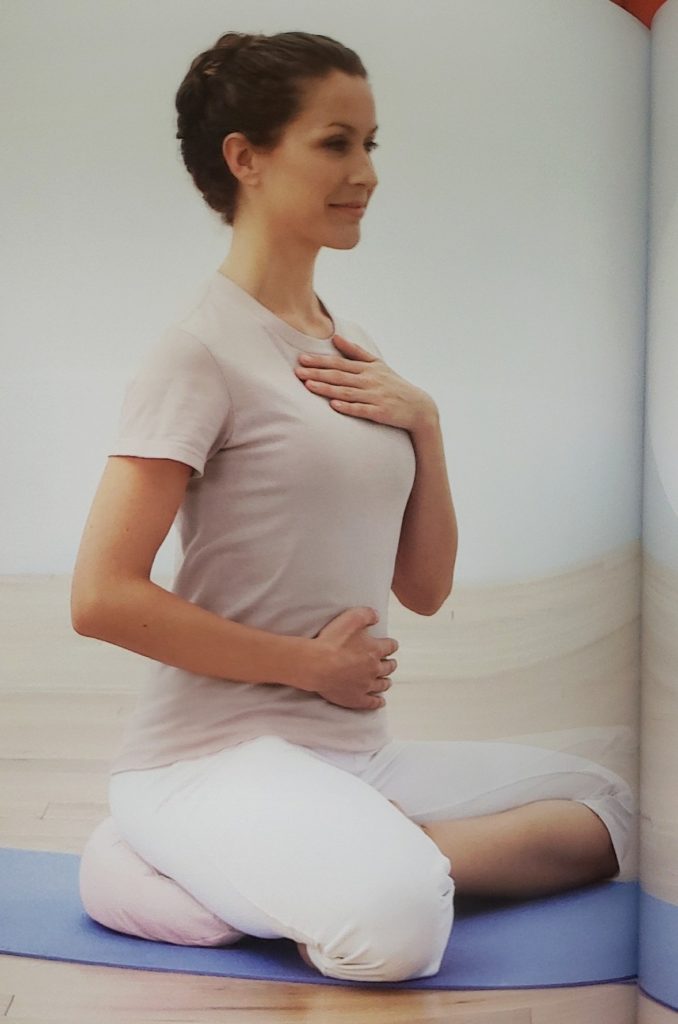
Benefits of Abdominal Breathing
- Activates parasympathetic “rest and repair” response
- Lowers the harmful effects of the stress hormone cortisol
- Lowers heart rate
- Lowers blood pressure
- Improves oxygen intake (efficiency)
- Slows the rate of breathing
- Reduces stress – 80-90% of all doctor visits are due to stress-related health conditions. Stress weakens the immune system. Chronic stress can lead to depression, fear and anxiety, and can have further debilitating effects on immune system response.
- Increases awareness of one’s breath and thought patterns.
- Conscious breathing is an important aspect of meditation practice and helps to calm the mind, regulate the flow of prana, and to balance the emotions.
Breathe and Relax!
Proper Breathing is one of the 5 Points of Yoga. Combined with asana, savasana, vegetarian diet, meditation and positive thinking, the 5 Points of Yoga give us the energy to live a healthy and harmonious life and to connect to our innate wisdom to consciously overcome the negative karmic tendencies that cause stress. Take time every day to breathe and relax. Make it your daily routine. You can practice abdominal breathing and full yogic breath several times each day to calm your mind, come back to your center, increase awareness of your breath and your thoughts, thereby bringing you peace, health and happiness.
The Yoga Health Educator is dedicated to empowering each person in their own self-healing journey through the teachings of classical Yoga. For more information about the Sivananda Institute of Health and Yoga and the Sivananda Yoga Health Educator Training, please visit https://sivanandayogafarm.org/800-hour-yoga-therapy-program/

